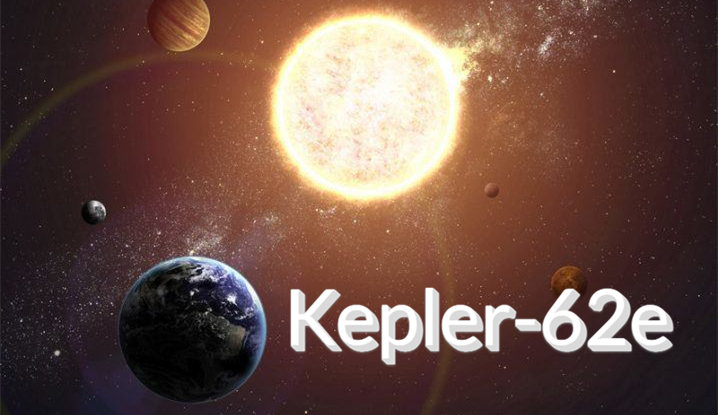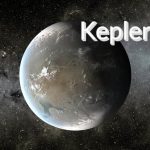In the vast expanse of the universe, there are shining gems, and each star is a mystery. Earth, our home, though uniquely beautiful, is just a tiny speck among countless planets in the cosmos. Located 1,200 light-years away in the constellation of Lyra, there is a planet that has piqued the immense interest of scientists and dreamers alike – Kepler-62e.
Kepler-62e is suspected to be within the habitable zone of its parent star, which means it may possess the conditions for the existence of liquid water, sparking boundless imagination and exploration. Scientists speculate and guess about this unknown world, believing that if life exists on this planet, it would be vastly different from life forms on Earth and might even be considered alien. This article delves deep into Kepler-62e, this potential ocean world, and its potential in the realms of science and exploration. This unknown planet could be the home of extraterrestrial life and a symbol of liquid hope.
Kepler-62e: Liquid Hope in an Extraterrestrial World
Kepler-62e is situated in the constellation of Lyra, located 1,200 light-years away from Earth. It has a volume 1.6 times that of Earth and orbits its parent star, Kepler-62, with a period of 122 days. Kepler-62e is an exoplanet orbiting the Kepler-62 star, and it’s the second farthest planet from its parent star. It was discovered by NASA’s Kepler Space Telescope using the transit method, which detects a decrease in brightness as a planet passes in front of its star. It is highly likely that this planet is located within the habitable zone of its parent star and is an Earth-like planet. Based on the planet’s age, radiation flux, and radius, it is believed to be composed of rock and may be partially covered by oceans. A paper accepted by the “Astrophysical Journal” suggests that, according to models, it may be completely covered by oceans. Typically, the discovery of planets with Earth-like volumes within the habitable zones of other stars is an exciting development. If liquid water exists on this planet, who knows, it might be a candidate for human settlement.
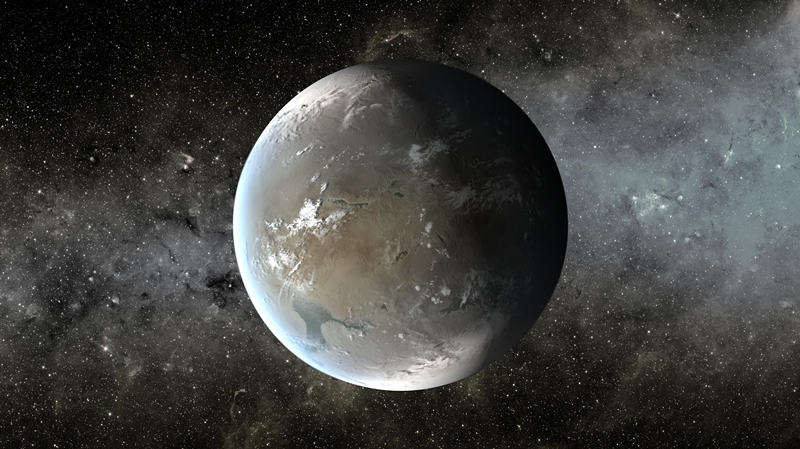
Kepler-62e: An Unknown Ocean World and the Potential for Alien Life
Kepler-62e has an orbital period of 122 days and is relatively close to its parent star, almost at the edge of the habitable zone. Therefore, the temperature is expected to be relatively high, but its parent star is cooler than the Sun. This suggests that Kepler-62e’s temperature may be closer to that of Earth. While some scientists previously believed that the planet’s surface might consist of solid, mountainous terrain, astrophysicists now believe that its surface is more likely to be covered by deep ocean waters. The ocean on Kepler-62e may be incredibly deep, with very little or almost no land in sight. In other words, it is highly likely to be an ocean world with cool sea temperatures, warm and humid climates, and year-round cloud cover. If life exists on Kepler-62e (and the likelihood is significant), these life forms are expected to be marine organisms. However, these marine life forms are likely to have entirely different forms and features than those found on Earth, transcending our human understanding.
The feasibility analysis of human colonization on Kepler-62e
Analyzing the feasibility of human settlement on Kepler-62e requires a comprehensive consideration of multiple factors, including planetary characteristics, technical challenges, time, cost, ethical, and moral considerations. Here are some key factors:
1. Planetary Characteristics:
Habitable Zone Location: Kepler-62e is suspected to be located within the habitable zone of its parent star. The habitable zone is the region around a star where liquid water might exist, a crucial requirement for the existence of life. This implies that Kepler-62e may possess the fundamental conditions to support life, as water is an essential element for sustaining life.
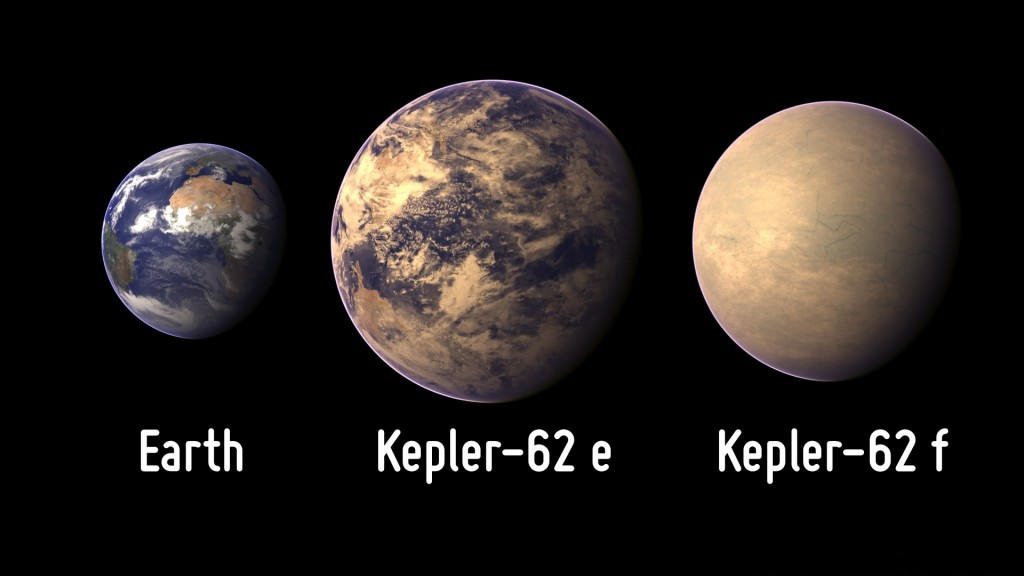
2. Planetary Environment:
Oceanic World: The surface of Kepler-62e is likely to be covered by deep oceans, with very little or almost no land area. This will affect the way humans can live and establish habitats, as land is necessary for building bases and living spaces. However, this abundance of water resources presents an opportunity, though it may require the development of new technologies for water extraction and purification.
3. Technical Challenges:
Energy Requirements: To terraform Kepler-62e, a significant amount of energy will be needed to move materials, adjust planetary orbits, and provide the necessary energy for sustaining life. This may require the use of technologies like solar power, nuclear energy, or other high-efficiency energy sources to meet the enormous energy demands.
High-Efficiency Energy Technologies: Developing high-efficiency energy technologies will be critical. This might involve more efficient solar collectors, advanced nuclear reactor technology, or innovative energy sources to maintain the living standards necessary for human survival on Kepler-62e.

4. Time and Cost:
Long-Term Project: Transforming a planet into a habitable one is an enormous long-term project, potentially spanning hundreds to thousands of years. It demands sustained commitment from human society, including the allocation of resources and human capital. Long-term planning is essential to ensure project continuity.
High Costs: Cost considerations are paramount. Terraforming projects require substantial funding for technological development, resource acquisition, space exploration, and more. Hence, financial resource planning is critical to support this ambitious endeavor.
5. Ethical and Moral Issues:
Ecological Balance: When terraforming other planets, it is imperative to ensure that it does not disrupt existing ecosystems or harm indigenous life forms. Prudent action and consideration are necessary to guarantee that terraforming does not damage the survival environments of other life forms.
Life Ethics: Terraforming might entail the introduction of new life forms, necessitating ethical scrutiny. Ensuring that introduced life does not jeopardize existing life forms and accounting for the rights and living conditions of the new life is essential.
In summary, although Kepler-62e may possess some favorable conditions, realizing human settlement on this planet would require overcoming numerous technical, resource, time, and ethical challenges. This is a long-term goal that will depend on future advancements in science and technology, as well as international collaboration, to become a reality.
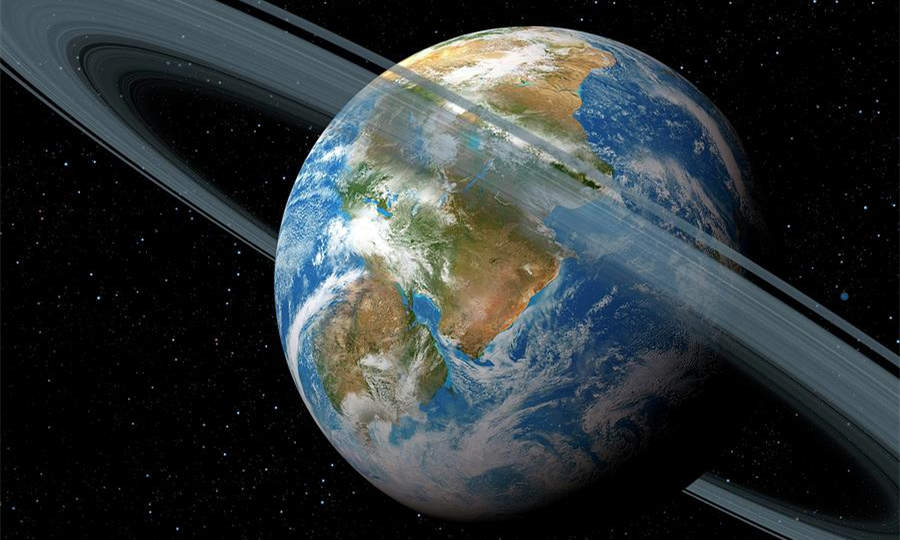
END:
Kepler-62e is a planet that has captured the interest of scientists and dreamers due to its suspected location within the habitable zone of its parent star, potentially possessing the fundamental conditions for supporting life, particularly liquid water. This makes Kepler-62e an intriguing subject of research, sparking endless curiosity about extraterrestrial life and unknown planets.
Research on Kepler-62e suggests that it is likely an oceanic world, with its surface covered by deep oceans and very little land. While this presents challenges for humans to establish bases and live on its surface, it also offers a rich source of water resources. Furthermore, studies indicate that if life exists, it may be vastly different from life forms on Earth, potentially even involving alien life, further increasing interest and exploration for extraterrestrial life. However, achieving human settlement on Kepler-62e presents significant technological challenges. These include meeting substantial energy demands, developing high-efficiency energy technologies, and addressing the time and cost requirements for a long-term project. Additionally, ethical and moral concerns must be carefully considered, particularly in terms of ecological balance and life ethics.
In conclusion, Kepler-62e represents scientific curiosity about the unknown world and the quest for extraterrestrial life. While human settlement on this planet remains a distant goal, it serves as motivation for the development of future science and technology and underscores the importance of international collaboration. Research and prospects regarding Kepler-62e lead us to think more deeply about the possibilities in the universe and the challenges we face in exploring space.
More UFOs and mysterious files, please check out our YouTube channel: MysFiles
Is the moon artificial? Evidence Proves the Moon Was Unnaturally Formed
